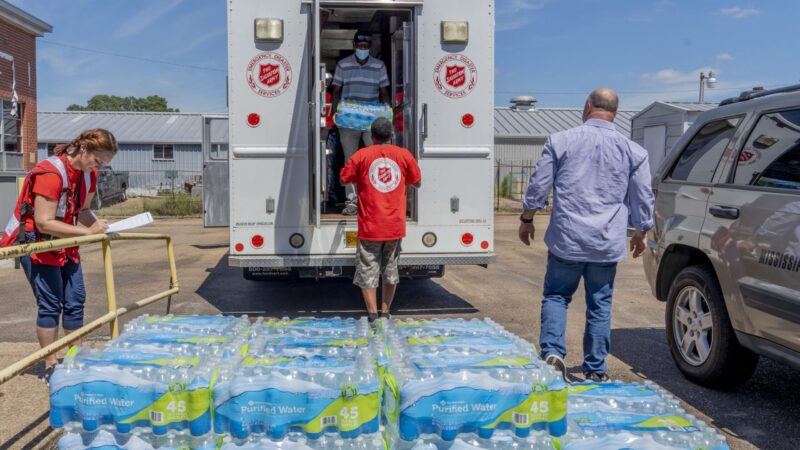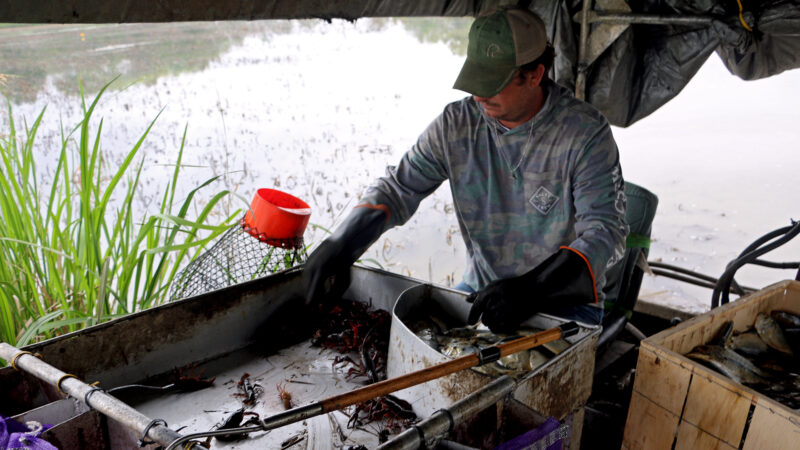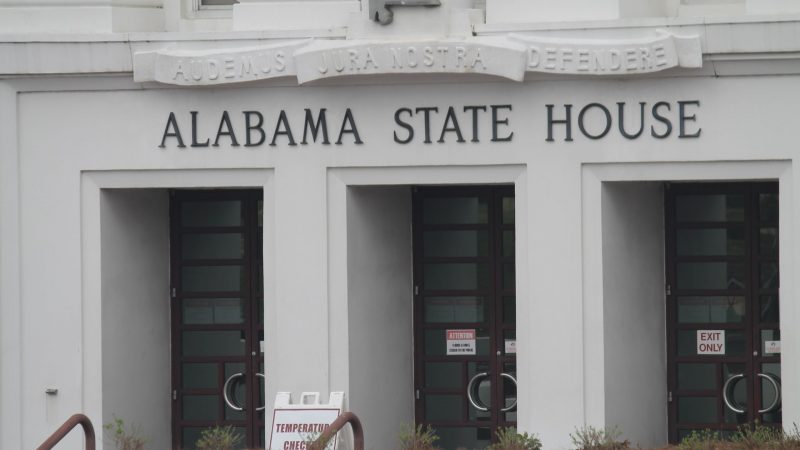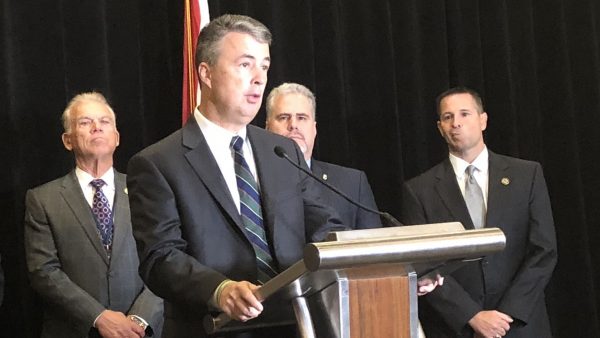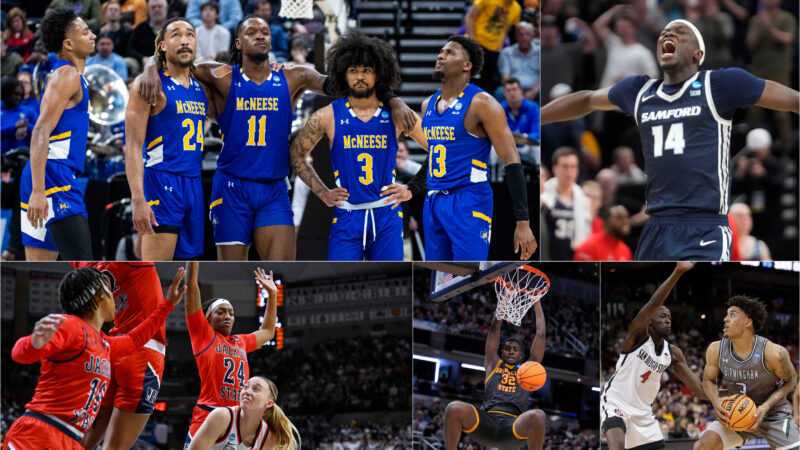Interview: UAB Space Archaeologist and TED Prize Winner Sarah Parcak
To some, the fact that “space archaeology” is actually a thing will come as news. Practitioners use satellite imagery to discover and analyze ancient ruins, and increasingly, to spot looting. University of Alabama at Birmingham archaeologist Sarah Parcak is a leader in the field, and she’s just been named winner of the 2016 million-dollar TED Prize, meant to support her work and a future project of her choosing. That project will involve protecting antiquities around the world and will be revealed in detail in February, but for now, WBHM’s Dan Carsen caught up with Parcak after a whirlwind press conference. She talks terrorists, technology, women and children in science, and colleagues she calls “the real heroes of culture.” But she starts with a boiled-down explanation of her work.
To listen to the on-air four-minute conversation, click above. To read key excerpts, hear the web-exclusive 11-minute interview, or hear today’s UAB press conference, see below.
“Think Google Earth on Speed”
That’s how Parcak sums up her work in one sentence. Elaborating a little: “[We use] satellite imagery, algorithms, and computer software … to pull things out of landscapes that we can’t see with our naked eye … pyramids, tombs, new [to us] settlements and many other features all around the world. But that’s only step one. You then have to go out into the field. It’s called ‘groundtruthing’ — you’re literally checking out if what’s buried in the ground matches what you’re seeing from space.”
Lives at Risk, Colleagues Killed
“The chief archaeologist of Palmyra, Khaled Asaad — he decided to stay on at the site even when ISIL was approaching … and he died protecting the site. So many of my friends and colleagues are risking their lives … I’ve had friends that have almost lost their lives protecting sites from looters, and they’ve undergone gunfire, so this is very very serious. The people who are in the field, doing this every day — I call them the real culture heroes.”
Role Modeling
“I’m a big supporter of kids doing science, especially young girls. And I don’t think there are enough examples of women doing science on TV. It’s hard being a female scientist … we’re always breaking glass ceilings for the next generation. Hopefully it’ll be a little bit easier for them.”
Like in the Movie, but Minus the Bullwhip?
“If people want to call me Indiana Jones, I say that I’m more sites, less stubble.”
Below is the 11-minute web-only interview. Just a few of the additional subjects include Al Qaeda and southern barbecue:
Below is the UAB press conference:
How food stamps could play a key role in fixing Jackson’s broken water system
JXN Water's affordability plan aims to raise much-needed revenue while offering discounts to customers in need, but it is currently tied up in court.
Alabama mine cited for federal safety violations since home explosion led to grandfather’s death, grandson’s injuries
Following a home explosion that killed one and critically injured another, residents want to know more about the mine under their community. So far, their questions have largely gone unanswered.
Crawfish prices are finally dropping, but farmers and fishers are still struggling
Last year’s devastating drought in Louisiana killed off large crops of crawfish, leading to a tough season for farmers, fishers and seafood lovers.
Lawmakers consider medical cannabis revamp
It’s been three years since Alabama lawmakers passed legislation establishing a system to govern medical cannabis in the state, yet not one prescription for the drug has been filled. The rollout has been delayed by lawsuits and conflict over the licensing process.
Man arrested in connection with device that exploded outside Alabama attorney general’s office
Kyle Benjamin Douglas Calvert, 26, of Irondale, Alabama, was arrested Wednesday on charges of malicious use of an explosive and possession of an unregistered destructive device, the U.S. attorney’s office said.
For some Gulf South schools, a March Madness loss can still be a win off the court
Making it into the NCAA Tournament can translate to boosts in student enrollment, athletic involvement, merchandise sales and more for participating schools.

